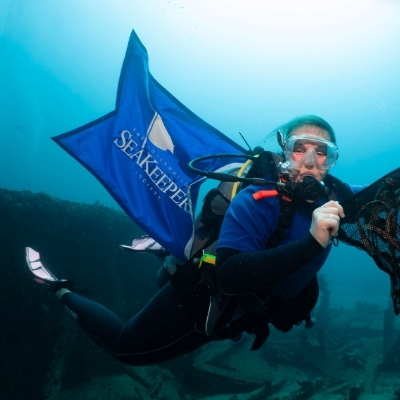Collaborating with Top Predators to Explore the Deep Ocean
Project Overview:
Theoretical and empirical evidence suggest several plausible functional hypotheses for the occupation of the deep ocean by predators. However, testing these hypotheses requires innovative methods for making measurements in this enigmatic environment.
The Woods Hole Oceanographic Institution (WHOI) proposes to utilize tagged top predators, such as sharks, tunas, and swordfish, as “evolutionarily informed” oceanographers to explore the ocean twilight zone. WHOI is the pioneering team attempting to employ these animals as twilight zone oceanographers, firmly believing that this approach has the potential to significantly enhance our understanding of the deep ocean.
Program Partners
- Woods Hole Oceanographic Institution (WHOI)
Location
- Northeast Canyons (80 miles south of Martha's Vineyard on the edge of the continental shelf)
Expected Time Frame
- August 2026
Duration of Expedition
- 10 – 20 Days
Accommodation Needed
- 3 minimum
- 8 maximum
Special Equipment Needed
- Access to tender/smaller vessel
- Lazarette or storage compartment for certain equipment
Expedition parameters listed above are flexible and negotiable.
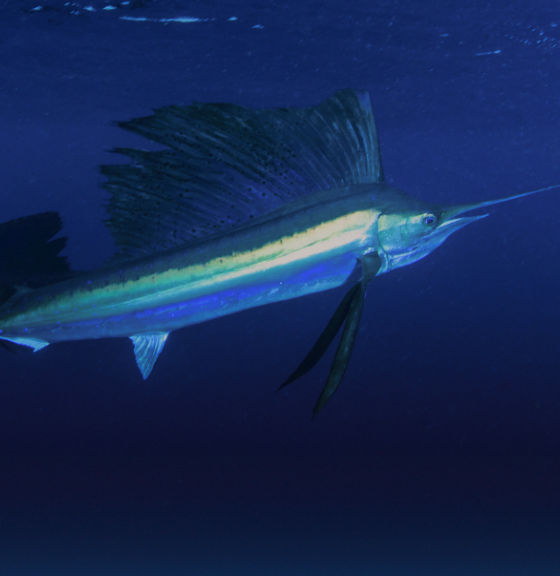
Background:
Over the past six decades, global shark populations have experienced unprecedented declines, primarily due to targeted and incidental exploitation in fisheries. These declines raise growing conservation concerns among managers and policymakers, as sharks play a crucial role as a structural component in global marine ecosystems.
Highly migratory sharks, in particular, constitute a notably vulnerable demographic. Their extensive and often intricate movement patterns increase susceptibility to fisheries interactions, often occurring across multiple jurisdictions. Management of these species faces challenges due to knowledge gaps in various aspects of their biology. For instance, common migration corridors, the location of significant foraging grounds, and the behavioral and physiological responses of individuals to fisheries capture—both commercial and recreational—are inadequately defined for many species.
Mission:
The objectives are two-fold:
- Acquire high-resolution, 3D movement data on swordfish, sharks, and tunas (as model predators) using a suite of next-generation electronic tags.
- Characterize the predator-prey interactions occurring in the ocean twilight zone by collecting the first animal-borne video footage of these predators in their deep ocean environment.
Program Partners:
Get Involved
If you’re interested in learning more about this specific program opportunity, please reach out to our team below to find out more about this program or get involved in other opportunities with SeaKeepers.
Explore More Opportunities
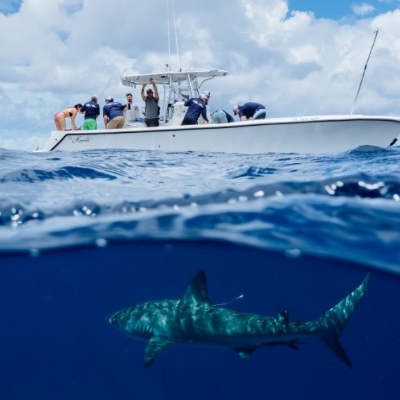
At-Sea Opportunities
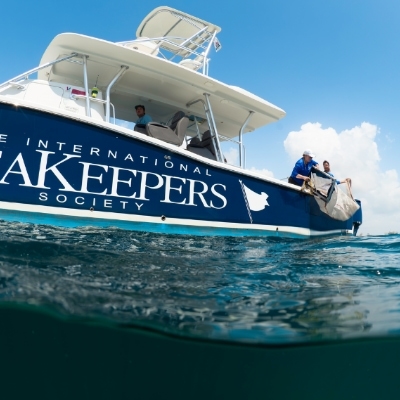
Citizen Science Opportunities
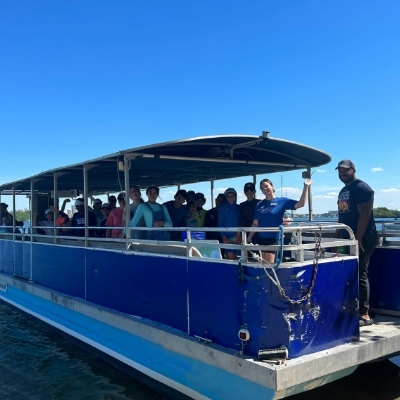
Education Opportunities
